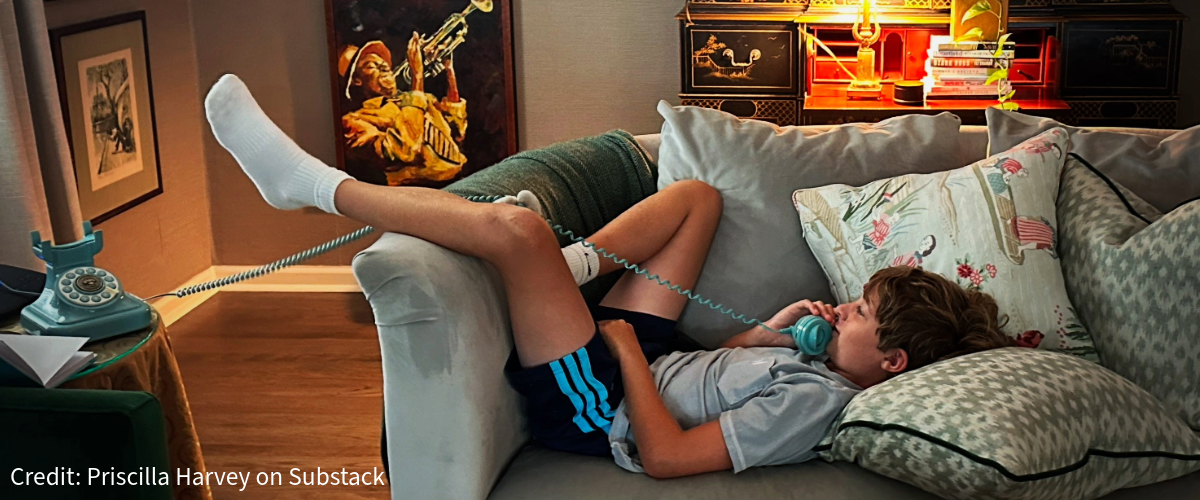
The Phone in the Backpack - Domo Futu
It starts with a quiet flicker. A fifth-grader, small for her age, sits at the back of a bus clutching a brand-new smartphone. Her parents had worried she’d be left out, that she’d miss birthday party group chats or struggle to find her friends after school. Now, as the bus bumps through traffic, she scrolls through a world she barely understands. Notifications explode like fireworks. Likes and messages—half kind, half cruel—compete for her attention. By the time she gets home, the phone will be more than an accessory. It will be a mirror, a megaphone, and a trap.
If this scene feels familiar, others probably need to read it too. Share this story with a friend, a parent, or anyone who has ever debated handing a child a phone.
Research suggests she’s not alone—and she may already be on the wrong trajectory. Data from the Global Mind Project—nearly two million profiles collected across 163 countries—show a clear pattern: the younger a child is when they receive a smartphone, the more likely they are to struggle with mental health as a young adult. This isn’t about abstract “screen time.” It’s about measurable differences in how the human mind develops when digital immersion begins too soon.
The numbers are hard to ignore. Young adults who received their first smartphone at age 13 score an average of 30 on the project’s Mind Health Quotient (MHQ). Those who got one at age five score just 1. That’s not a rounding error; it’s a chasm. Behind those averages are steep rises in suicidal thoughts, detachment from reality, poor emotional regulation, and a collapse in self-worth—especially among young women. Forty-eight percent of females who had smartphones at age five or six report suicidal thoughts by age 24. The corresponding figure for those who got a phone at 13 is 28%.











